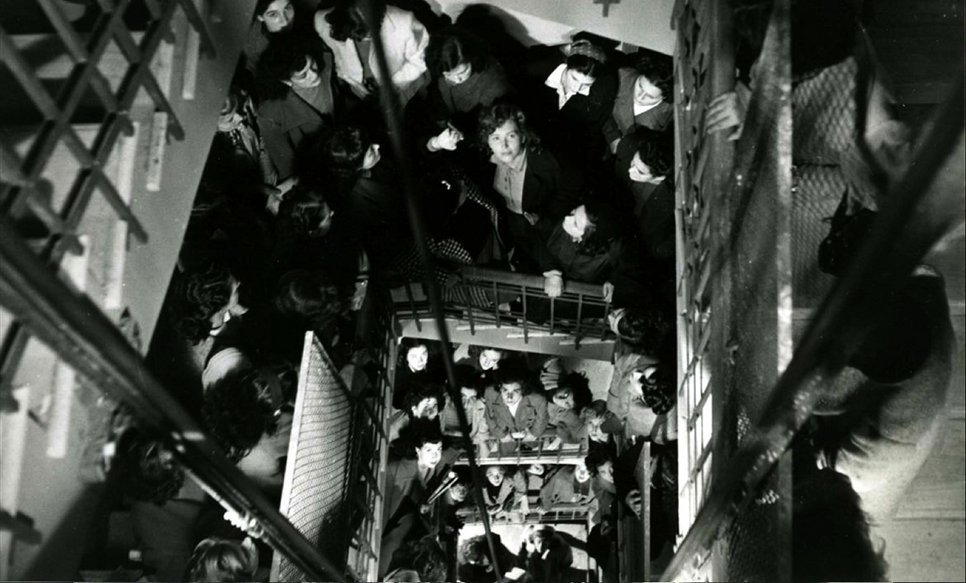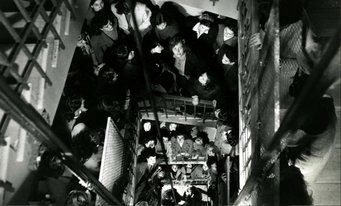Social Space in Italian Film
Films can (re)construct social spaces with great accuracy, not only by their cinematic representation but also by actively contributing to the symbolic meaning of those spaces. Cinema has the power to intervene in how space is perceived and inhabited, shaping its interpretation and experience, and thus participating in the processes through which everyday life is signified and structured.

If social space can be understood as the network of relationships, practices, and hierarchies that define communal life, then cinema can be analyzed as a device capable of visualizing its inherent tensions, transformations, moments of crisis, or reconciliation.
From post-war neorealism to the most recent works by contemporary directors, Italian cinema has developed artistic strategies like the mise-en-scène of an urban space as a site where shifting social constellations are inscribed: social divisions, new forms of marginalization, changes in housing and work conditions, and the sense of community.
This area of conflictual relations can be investigated with analytical tools developed by the different disciplines that address the study of social space – from urban sociology to cultural geography, from critical theory to the phenomenology of space – and, at the same time, through the analysis of moving images as a privileged sources for understanding how historically determined social spaces are constructed and represented.
